Timeline - Contact History 1500 - 1900
http://nla.gov.au/nla.ms-ms1
- manuscript of James Cook
Aboriginal cave paintings, Arnhem Land, Northern Territory, Australia
http://www.dreamtime.net.au/indigenous/timeline2.cfm
1500-1700
Indonesian trepang fishers visit northern Australia...
 A Macassan prau (boat) in a typical Groote Eylandt style. Aboriginal populations from Australia's north coast have been in contact with Macassan fishermen from south east Asia for over four hundred years.
A Macassan prau (boat) in a typical Groote Eylandt style. Aboriginal populations from Australia's north coast have been in contact with Macassan fishermen from south east Asia for over four hundred years.
1606
Dutchman Willem Jansz and his ship Duyfken explore the western coast of Cape York Peninsula and were the first Europeans to have contact with Australian Aboriginal people. There were clashes between the two groups.
The Spaniard Luis Vaez De Torres sailed through Torres Strait.
1623
Dutchman Jan Carstenz described several armed encounters with Aborigines on the northern coast of Australia. Shots were fired and an Aboriginal man was hit.
1697
Englishman William Dampier visited the west coast of Australia.
1768
Anticipating that Captain Cook would discover the great southern land he was issued with special instructions to "with the consent of the natives take possession of convenient situations in the name of the King... or if you find the land uninhabited Take Possession for His Majesty".(note: there was no consent given by the inhabitant aborigines, so the occupation by the British may be deemed illegal) Ric.
1770
April 29 Captain James Cook in the Endeavour entered Botany Bay. After an encounter with local people in Botany Bay Cook wrote that "all they seem'd to want was us to be gone".
1786
August 18 the British Government chose Botany Bay as a penal colony.

When the British took Manila they became more acquainted with North Australia and this may have been a crucial step to the founding of Australia. *
When England declared war on Spain in January 1762, the British invasion of Manila took place eight months later. On September 24 a squadron of thirteen British ships and 6,830 men entered Manila Bay towards the beach of Malate. The acting governor of Manila, Archbishop Manuel Rojo, received news of the war but did nothing to strengthen the Spanish army. By October 5, the British had created a breached in Intramuros’ wall. They occupied the Palacio del Gobernador and Rojo hoisted a white flag over the deserted Fort Santiago. The British became acquainted with hitherto secret maps including the coasts of Australia. Captain Cook had copies on his voyages, so he may not actually have discovered any major part of Australia, not already known.
Don Simon de Anda, a member of the Real Audencia slipped out of Manila and organized a provincial government in Bacolor, Pampanga. With the help of natives, he confined the British to the area around Manila.
With the signing of the Treaty of Paris on February 10, 1763, the Seven Year’s War in Europe ended. The Philippines and Cuba, under the provisions of the treaty were retuned to Spain. Only upon the death of Rojo that a new governor, Francisco de la Torre, arrived from Mexico that Anda turned over the governorship. It is said that in recognition of Anda’s valor who despite being outnumbered and outgunned and despite his age (he was in his 60’s) had refused to recognized British sovereignty and led a resistance against them, Governor dela Torre discreetly claimed illness in order that the Manila would be turned over to Simon de Anda by the British.
The "very large islands" seen by Torres were no doubt the hills of Cape York, the northernmost point of Australia, and so he, all unconsciously, had passed within sight of the continent for which he was searching. A copy of the report by Torres was lodged in the archives of Manila, and when the English took that city in 1762, Dalrymple, the celebrated geographer, discovered it, and gave the name of Torres Straits to what is now well known as the dangerous passage dividing New Guinea from Australia. http://www.geocities.com/TheTropics/7557/

Captain James Cook "... the ablest and most renowned navigator this or any country hath produced. He possessed all the qualifications requisite for his profession and great undertakings ..."
- Lord Palliser, Cook's superior in the Navy.
This Site is dedicated to a man who, in the opinion of the French Navigator Jean-François de Galaup de La Pérouse carried out work that was so all-encompassing that there was little for his successors to add to.

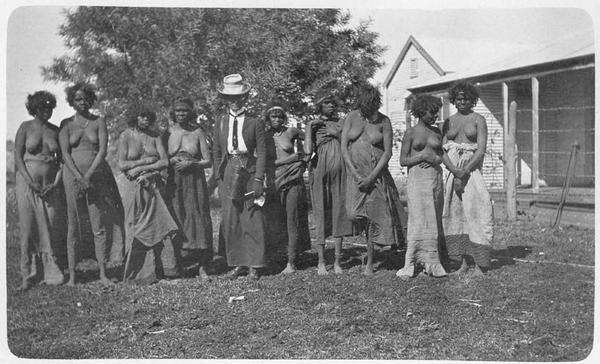



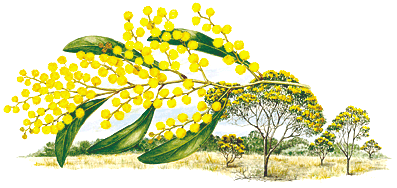


+copy.jpg)










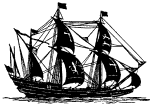





















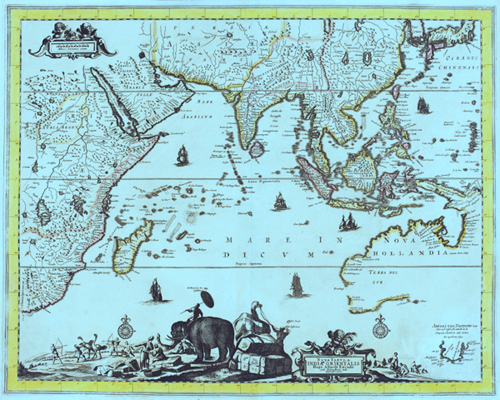

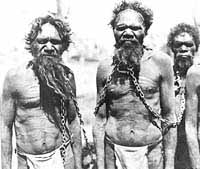
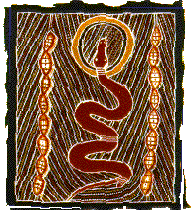


















.jpg)


























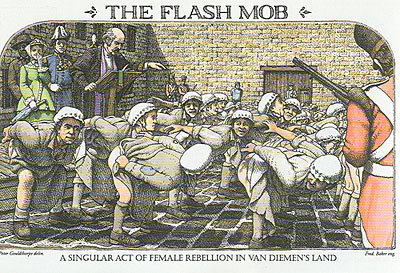
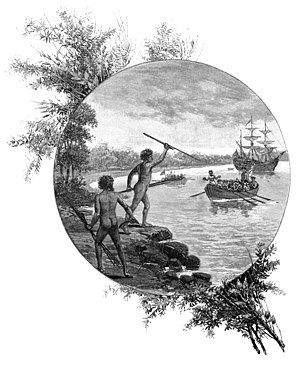 G
G







.jpg)
















No comments:
Post a Comment